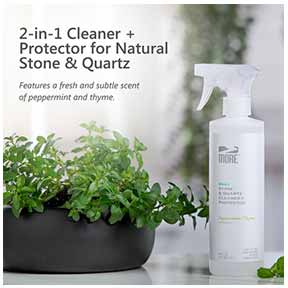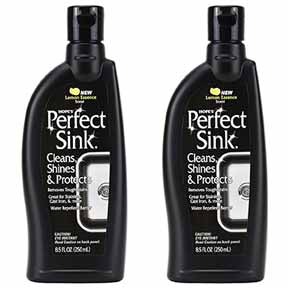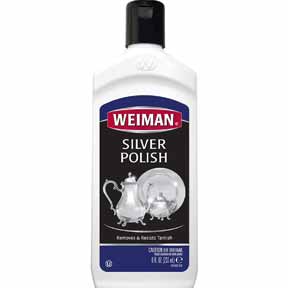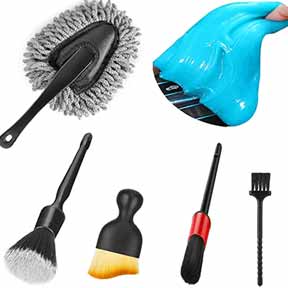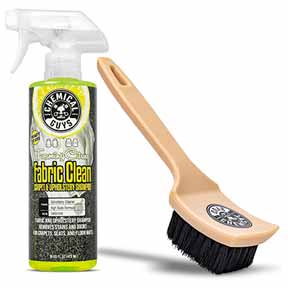Clean and Replace Furnace Filters
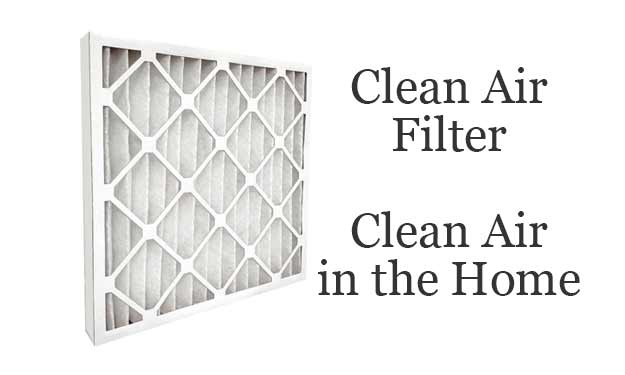
Having a Clean Filter in the Furnace Means the Better Air Quality in Your Home.
How to Clean and Replace the Air Filter in the Home Furnace
Air filters are almost always dirty, and it’s by design. The purpose of an air filter is to collect all of the dirt, dust, and debris. The air filter in your home is meant to clean the air as it passes through, making the air you breathe cleaner. It stands to reason with anything designed to collect dust, dirt, and impurities that it might need clean and replace furnace filters occasionally. If it’s not cleaned occasionally, it can’t do the job it’s designed to do.
Air forced through a dirty air filter can release dust and dirt back into the home and a dirty filter can also clog, reduce air flow, and contaminate the air. Many of us don’t put enough time or thought into changing the filters in appliances, HVAC systems, air conditioning units, etc.
You know the old saying, “out of sight, out of mind”? The filters may be hidden from view but they should be on your mind. Clean air filters = a clean home.
Types of Filters
First, let’s take a look at some of the different filter options you have to look at:
Fiberglass, Spun glass, or Polyester Filters
These types of filters are probably the most economical of the disposable filters. They are very inexpensive and capture larger particles of lint and dust protecting the heating and air system.
Pleated Filters
Pleated filters are made of a more dense tight material and will remove more impurities from the air than the fiberglass filters do and they help to maintain cleaner coils resulting in a cleaner house, and protects from:
- Dust
- Dirt
- Smoke
- Pet dander
- Mold
- Pollen
Some pleated filters can last up to 90 days of protection.
Electrostatic Pleated Filters
For the best air quality, this filter features an electrostatic charge and will attract large and microscopic contaminants. If you have an allergy sufferer in the house, this might be the filter to consider using.
Electrostatic and pleated filters also have a MERV rating on the label for the filters effectiveness. The standard rating is 10. The higher the number, the fewer micro-particles are allowed through to linger in the home.
How to Clean Washable Filters
Washable air filters have a static charge which will attract dust, dirt and other particles. These filters are more effective than disposable ones and more environmentally friendly.
They do, however, require a little more work to maintain them and they can be more expensive.
How to Tell if Your Air Filters Should be Cleaned
If you’re not sure the filter needs to be cleaned, take it out and hold it up to a good source of light:
- If the filter is still see through – it’s clean.
- If you can’t see through it – it’s dirty and should be cleaned.
For best results when cleaning your washable filters, follow these guidelines:
Vacuum the Filter and Filter Encasement Area
- Before you take the filter out of the unit, vacuum around the encasement area so you’re not pushing dust around.
- Now take it out and vacuum inside and around the filter area. This way when you put the filter back in the unit, it won’t attract dust and dirt right off the bat! And a clean furnace will run more efficiently.
- Vacuum both the front and back sides of the filter using the upholstery attachment for the vacuum.
Rinse the Filter
Take it outside and gently spray down with the garden hose. Do not use a full force of water, you don’t want to damage your filter. Depending on the time of year and where you live – you can also rinse the filter in the shower.
Some filters require a specific side to be sprayed so as not to push the dirt deeper into the filter; check for instructions on the frame.
Removing Heavy Duty Grime from the Air Filter
If your filter is super dirty and clogged with pet hair, grease, smoke residue, etc. you can do the following:
- In a bowl mix one drop of mild liquid dish soap to 2 cups of warm water. Mix with your fingers.
- Take a soapy cloth and clean both sides of the filter. Rinse the filter thoroughly and shake it a bit to get most of the water off.
- Set aside and allow the filter to dry completely before replacing. Give it a little shake or two while drying to get water out of the corners of the filter.
These instructions can also apply to cleaning the filter in a window mounted unit.
Replacing Disposable Filters
Your average disposable filters are typically made of fiber mesh in a cardboard frame. These filters are designed for one time use and they’re not that expensive to buy.
Depending on the environment you live in, the time of year, and the type of disposable filter you purchase will determine how often you should change it. Changing disposable filters is typically done between one to six months.
For instance, you may want to clean your disposable filter more often if:
- Your HVAC system is running a lot during a hot summer.
- If you run your heat or air every day and night.
- If you have pets, or your home collects a large amount of dust.
Before you take out the filter, vacuum the outside and around the filter encasement. After you remove the filter, you should vacuum behind it, to catch any stray dust and particles.
Replace the old disposable filter with a new one. Very easy to do!
Other Home Filters
Many of our small and large appliances have filters that need to be cleaned as well but are frequently neglected. Check the filters in the following appliances on a regular schedule to help keep them running optimally.
- Humidifiers
- Dehumidifiers
- Air Purifiers
- Dryers and Dryer Ducts
- Washers
- Water Softening Systems
- Faucet-mounted and Filtered Water Pitchers
- Range Hood
Remember the cleaner your filter, the more efficient the product using it will run. I hope we’ve given you some good tips to help keep your home cleaner by knowing how to clean and replace furnace filters.
Car and Household Cleaners
